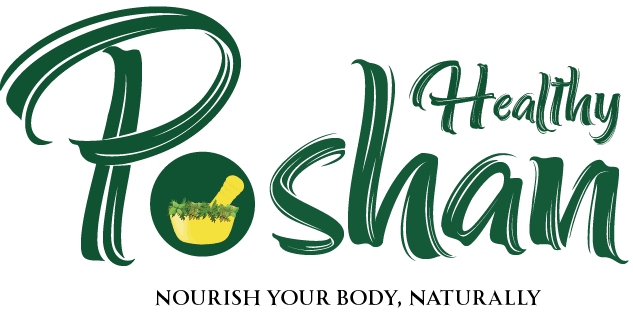It can be hard to know which goods to buy when you want to make healthy choices for you and your family. Grain and wheat products are known to be good for your health because they improve heart health, control blood sugar, and help you control your weight.

But there are so many products on the market and misleading advertising claims that you may wonder if you should buy whole grain or whole wheat goods and if there is much of a difference. This article written specially for you talks about how whole grain products are different from whole wheat products.
What do “whole grains” mean?
First of all, what does it mean to say, “whole grains“? There are three parts to a grain: the bran, the germ, and the endosperm.
The bran is the part of a grain seed that is on the outside. It has a lot of antioxidants, B vitamins, and fiber. Next is the endosperm, which is the biggest part of the grain kernel. It is mostly made up of carbohydrates and has very small amounts of protein and vitamins. The germ is the middle part of the seed. It has B vitamins, phytochemicals, vitamin E, and other good fats.

When grains are turned into flour, they can be left whole or refined. During the refining process, the protein-rich germ and fiber-rich bran are taken out of the kernel. This makes the flour softer and lighter than whole-grain flour. Whole-grain flour, on the other hand, is made by using the whole seed, which makes it the healthier choice.
How is whole-wheat bread different from whole-grain bread?
Firstly, keep in mind that the word “whole” next to words like “grain” or “wheat” on food packaging or an ingredient list means that the whole seed was used to make the food.
 Wheat is a type of whole grain that is high in fiber, protein, vitamins, and minerals. “Whole grain” doesn’t say what kind of grain was used to make the food, so it could be one or more. Since all grains have different amounts of nutrients, the numbers will look different depending on which grains were used.
Wheat is a type of whole grain that is high in fiber, protein, vitamins, and minerals. “Whole grain” doesn’t say what kind of grain was used to make the food, so it could be one or more. Since all grains have different amounts of nutrients, the numbers will look different depending on which grains were used.
For example, “whole grain” bread could be made with any type of whole grain, like brown rice, barley, buckwheat, oats, or wheat. On the other hand, “whole-wheat” means that the bread was made with only whole-wheat flour.
Which choice is healthier?
Whole grain and whole wheat products are equally nutritious because they both contain the entire kernel. It’s important to consume mostly whole grain or whole wheat products when it comes to grain products because they contain the most nutrients.
Refined flours, in contrast to whole grains, have had their germ and bran removed, which removes numerous minerals and fiber. The fiber, good fats, and nutrients found in the grain kernel’s germ and bran are the main sources of evidence for the health advantages of grains.

For instance, a 2019 review study with 137,807 participants discovered a statistically significant negative correlation between whole grain consumption and weight. This implies that whole grains can help with weight management, possibly as a result of their filling properties.
A diet high in whole grains has also been associated in numerous studies to a lower risk of heart disease, type 2 diabetes, certain types of cancer, and early death. Contrarily, due to their low nutritional and fibre contents, refined grains—which have had their bran and germ removed—are not associated with the same health advantages.
So whenever possible, try to eat mostly whole grain or whole wheat products.

To sum up
The term “whole” suggests that when the grain was turned into flour, the bran, germ, and endosperm were all included. That maximizes its nutritional profile, especially when compared to processed bread varieties. While whole-wheat bread implies that only wheat is used, whole-grain bread can be made with one or more types of grains. Whole-grain and whole-wheat breads are a healthy option, but make sure to read the labels and pick the one that is best for you and your family.
